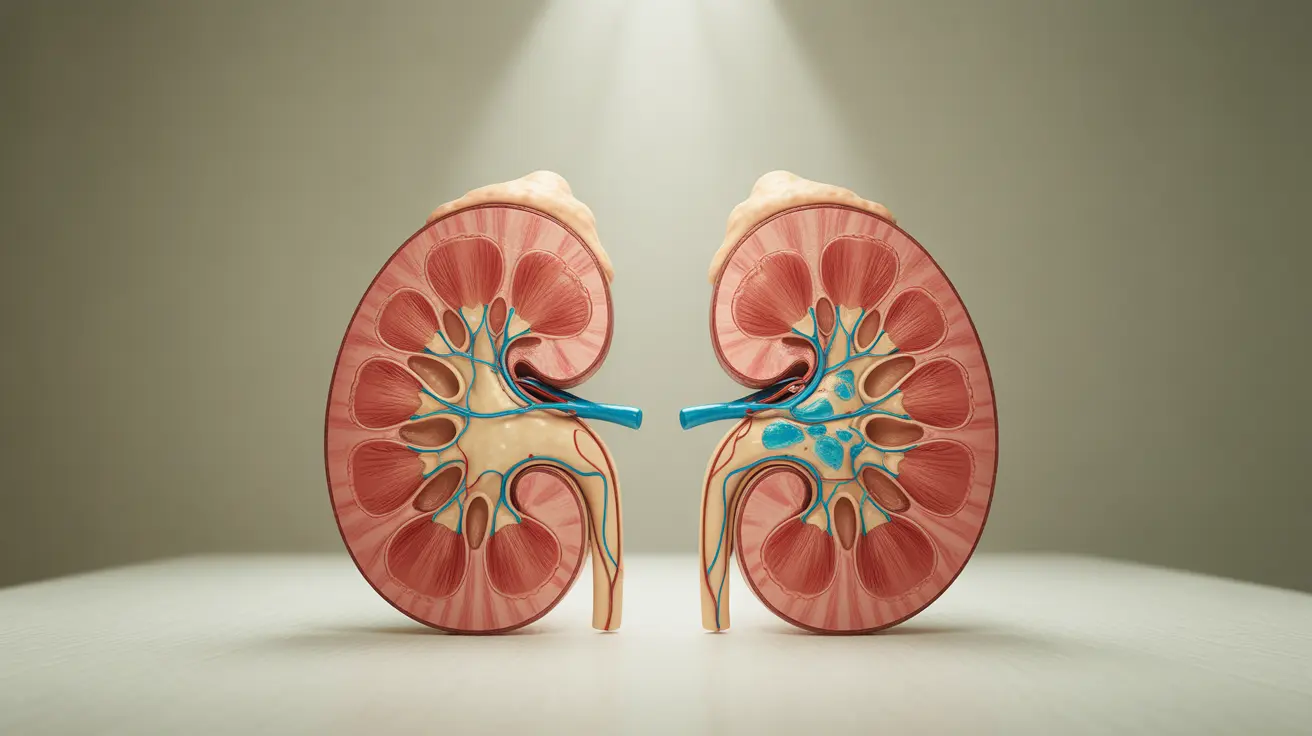For men seeking to enhance their facial hair growth, minoxidil has emerged as a popular potential solution. While primarily known for treating scalp hair loss, this medication has gained attention for its possible effects on beard development. This comprehensive guide explores the use of minoxidil for beard growth, addressing important concerns about safety, effectiveness, and proper application.
How Minoxidil Works for Beard Enhancement
Minoxidil functions as a vasodilator, meaning it widens blood vessels and increases blood flow to hair follicles. When applied to facial skin, it may stimulate dormant follicles and potentially enhance beard growth by:
- Increasing nutrient delivery to hair follicles
- Extending the growth phase of hair cycles
- Promoting the development of existing facial hair follicles
Expected Timeline and Results
When using minoxidil for beard growth, patience is essential. The journey typically involves several phases:
Initial Phase (1-2 months)
During this period, users might notice increased facial hair shedding as the hair follicles transition to a new growth cycle. This is normal and temporary.
Growth Phase (2-4 months)
New vellus hairs (thin, light-colored hair) may begin appearing in treated areas. These eventually transform into terminal hairs (thicker, darker beard hair).
Results Phase (4-6 months)
More noticeable beard growth typically becomes visible, though individual results can vary significantly based on genetics and consistent application.
Safety Considerations and Application Guidelines
While minoxidil is generally considered safe for most users, proper application is crucial for optimal results and minimal side effects:
Proper Application Technique
- Clean and dry face before application
- Apply recommended amount twice daily
- Wait at least 4 hours before washing
- Use consistently for best results
Important Precautions
Users should be aware of potential risks and take necessary precautions:
- Avoid applying near eyes or mouth
- Start with a lower concentration (2%) before considering 5%
- Discontinue use if irritation occurs
- Consult healthcare provider before starting treatment
Monitoring Progress and Managing Expectations
Success with minoxidil for beard growth varies among individuals. Keep track of progress through regular photos and maintain realistic expectations about potential results. Remember that genetic factors play a significant role in beard growth potential.
Frequently Asked Questions
Can minoxidil help grow a thicker beard, and how long does it take to see results?
Minoxidil may help promote beard growth in some individuals, with initial results typically visible within 3-4 months of consistent use. Full results usually take 6-12 months, and individual response varies based on genetics and consistent application.
What are the potential side effects of using minoxidil for beard growth, and how can they be minimized?
Common side effects include skin irritation, dryness, and unwanted hair growth in nearby areas. These can be minimized by using the correct amount, applying carefully, and maintaining good skin hygiene. Starting with a lower concentration can also help reduce side effects.
Is minoxidil approved by the FDA for use in enhancing beard growth?
While minoxidil is FDA-approved for scalp hair loss, it is not specifically approved for beard growth. Its use for facial hair enhancement is considered "off-label," meaning it's used for a purpose other than what it was officially approved for.
How does minoxidil compare to other treatments for beard growth in terms of effectiveness and safety?
Compared to other beard growth treatments, minoxidil has more research supporting its potential effectiveness. While natural alternatives exist, minoxidil generally shows more consistent results when used properly, though individual responses vary.
What are some common mistakes to avoid when applying minoxidil for beard growth to prevent unwanted hair or side effects?
Common mistakes include applying too much product, inconsistent application, not allowing proper absorption time, and touching other areas before the product dries. Using too high a concentration too soon and not maintaining proper skin care can also lead to problems.




